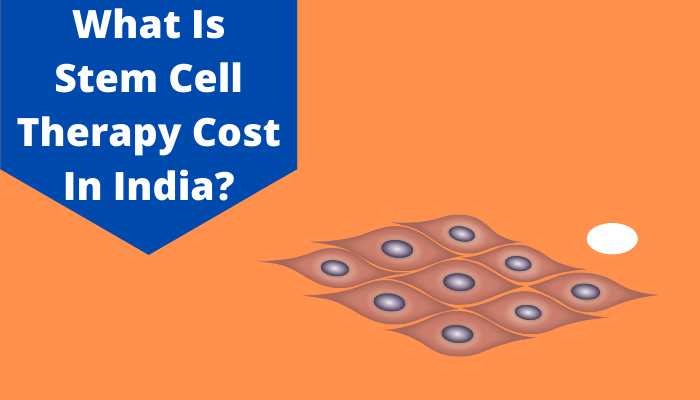Best Tips for smooth cashless health insurance claim settlement
Think of a situation where your health insurance claim is rejected at the hospital while getting admitted for an emergency health issue. That could be the last thing you will ever want to happen for you or your family members. At a time when medical treatment costs are rising, a health insurance policy is a safe bet to handle medical emergencies without putting your finances into a problem. However, with improper knowledge of the claim process, the chances of health insurance claim rejection are high. Hence, we are listing some essential tips that will help avoid your medical insurance claim being rejected.
There are two types of claims in health insurance – 1) Cashless claim and 2) Reimbursement claim. The main difference between these claims is the time taken by the insurer to compensate for the medical expenses incurred by the policyholder. Therefore, choosing cashless health insurance claims has its benefits compared to reimbursement claims and is a recommended option by financial advisors.
5 Best Tips for a smooth cashless claim settlement
Whatever be the health insurance plan that you choose, the first step is to ensure whether it offers cashless claims. Buying a health policy that does not have a feature of cashless claims is not beneficial for you as a policyholder as you may have to pay for the hospital expenses from your pocket every time, which is not good.
- Choose a Network Hospital
- Informing the TPA or Insurer
- Know the Inclusions and Exclusions
- Carry all Necessary Proofs
- Take copies of submitted documents
1. Choose a Network Hospital
The cashless claim is available only if you get admitted to a hospital listed under the health insurance company’s network list. Opting for a non-network hospital wouldn’t make you eligible for cashless treatment and is one crucial reason among the many health insurance rejection reasons.
2. Informing the TPA or Insurer
With most health insurers appointing a third-party administrator (TPA), you need to tell your TPA about the hospital admission and medical condition as soon as possible. Similarly, declare the insurance cover, TPA name, your membership id, or number at the hospital insurance desk. A pre-authorization form should also be filled, signed, and submitted to the hospital, which will email/ fax it to the TPA/ insurer for verification.
3. Know the Inclusions and Exclusions
The list of services included in the cashless treatment is generally available in the policy document. It will give a good understanding of what’s included and what’s excluded in the cashless procedure. For example, some policies do not cover OPD consultations, medical consumables, pharmacy bills, ambulance charges, etc. Do not expect the insurer to settle all the medical costs by default, depending on the chosen plan. Therefore, it is safe to check if the illness or ailment is included in the list of covered illnesses or else, your claim could be rejected.
4. Carry all Necessary Proofs
At the time of filling the cashless pre-authorization form at the hospital, it is required for you to declare your details along with essential KYC documents for faster processing. So be it, your cashless card, insurance policy document, doctor’s report, diagnosis test report, etc., are all valid documents to be attached with the form for successful claim settlement.
5. Take copies of submitted documents
Even if you have opted for the cashless claim and submitted all the required documents, you must take necessary copies of the same for your records. This is because there are chances where the TPA or insurer may approach you or the hospital for further documentation. When you have taken copies, it helps you to reply to the concerned officials appropriately instead of approaching the hospital or doctors.
Documents required for the cashless health insurance claim
The lack of necessary documents ranks top among the many reasons why an insurance claim may be denied. Although most of the claim settlement process has become digital, valid reports and documents are necessary as India has still not entirely moved to digital documentation. For a cashless claim, the policyholder is not required to submit a lot of documents as the hospital’s insurance desk mostly handles them. But, a few documents are of prime importance for the hospital to start the claim settlement process. They are:
- KYC proofs (Aadhar Card, PAN Card, etc.)
- Health insurance documents/ TPA cashless card/ membership id/ number
- Filled and signed claim pre-authorization form
- Recommendation of doctor for medical tests, treatment, hospitalization, etc.,
- Medical reports supporting your medical condition, diagnostic tests report
Advantages of Cashless Claims in health insurance
The cashless claim procedure is the most significant benefit of health insurance and possesses quite several advantages for the policyholder.
- The cost of medical treatments has risen tremendously, especially for common ailments like heart attack, liver/ kidney failures, fractures, etc. With the availability of cashless claims, it is now become easy to finance these surgeries rather than relying on loans from banks or family, or relatives.
- By not spending on the medical treatment from your pocket, you have the cash to take care of post-treatment costs such as food, hygiene, check-ups, OPD consultations, etc.,
- The hospital handles cashless claims, and since they have existing tie-ups with TPA or insurers, the approvals are pretty fast compared to reimbursement claims allowing you and your family members to focus on the treatment and recovery entirely.
- It saves you tons of paperwork to apply for health insurance claims. Then, after the relevant documents are given at the hospital’s insurance desk, you just need to maintain copies of them for your future records.
- The payment released directly to the hospital prevents you from keeping a tab on the TPA, insurer, and the hospital, which usually happens in reimbursement claims.
The cashless claim facility offered by health insurance companies is very beneficial for policyholders during a medical crisis. By following the above steps, one cannot get their claims rejected by the insurer at the last minute. So, as an insured person, you need to choose the right health insurance policy that not only offers comprehensive medical coverage but provides peace of mind.




























